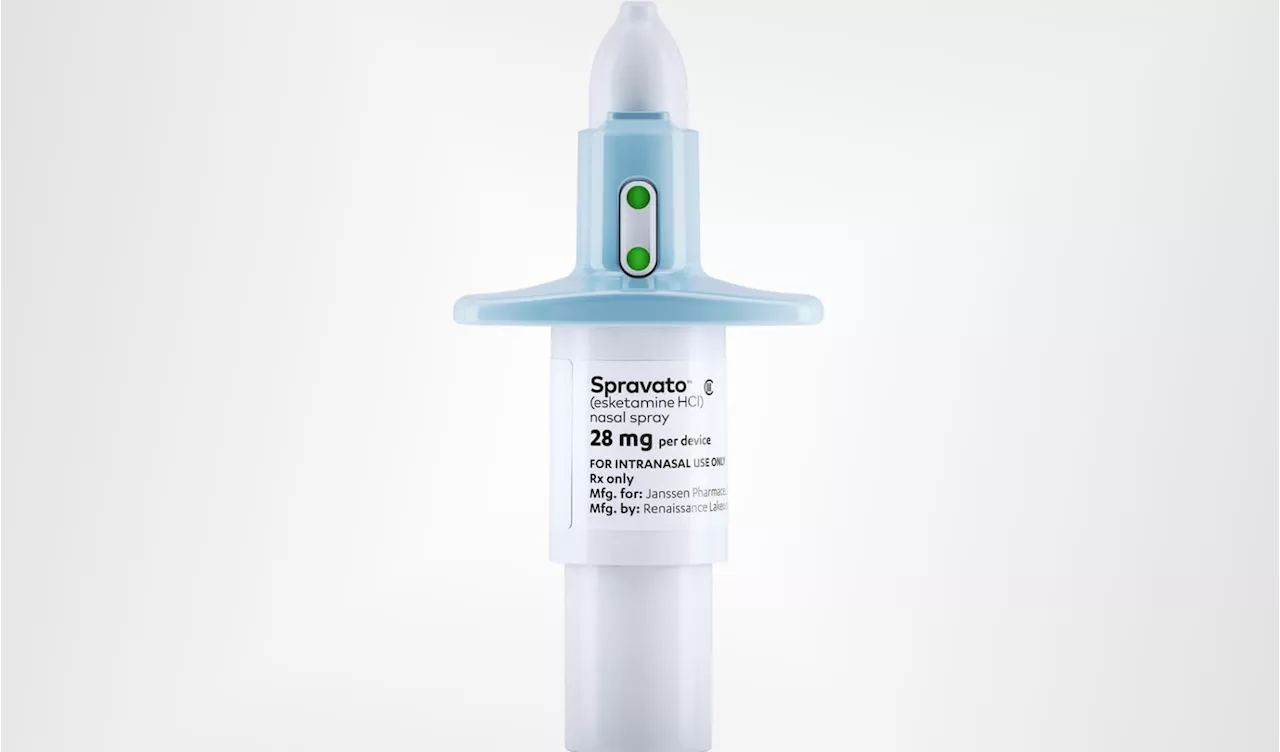This article explores the financial challenges faced by cancer patients in Canada despite the country's commitment to universal healthcare. It highlights the significant out-of-pocket expenses, the lack of consistent drug coverage, and the impact these costs have on patients' lives.
Although Canada has a national mandate to make some medical services universally available, its patchwork of provincial approaches to covering cancer treatment leaves many patients facing tough financial burdens, recent reports have found. On average, a patient with a cancer diagnosis might face lifetime costs of $32,778, the Canadian Cancer Society said in a recent report.
This estimate is intended to include not only potential out-of-pocket expenses ($16,018) but also other financial burdens, such as the costs of having to travel for care. A separate survey, also conducted in partnership with the Angus Reid Group, suggested that almost 80% of working-age Canadians (aged 18-64 years) worry that they would struggle to save for retirement if faced with a cancer diagnosis due to out-of-pocket costs. The online survey, conducted in partnership with the Angus Reid Group, included 2044 adult Canadians. The Canadian Cancer Society has been seeking to draw attention to these burdens. Last year, it published the results of another survey, also conducted in partnership with the Angus Reid Group, that indicated that “That survey finding caught the attention of Sharlene Gill, MD, MPH, an oncologist and professor of medicine at the University of British Columbia in Vancouver, British Columbia, Canada. It suggested to her that clinicians should more actively ask patients about the financial impact of their diagnosis. “I don’t think that is something that is routinely done unless a patient brings it up,” Gill told the Canadian Cancer Society. But the issue of financial burden frequently arises without prompting. “It’s a part of an oncologist’s job to also be trying to advocate for their access,” Gill said. Canadian law makes the provinces and territories responsible for delivering medically necessary hospital and physician services, but patients with cancer have needs that are not always covered. So oncologists and other members of the teams caring for patients with cancer tend to be well versed in the local programs and resources to which they can refer their patients. Social workers are playing an increasingly important part on healthcare teams, Gill said. “Patients may need a wig, or they ended up with an ostomy and they need ostomy supplies, or they have breast cancer and need a breast prosthesis,” Gill said.Patients with cancer often struggle to pay for the antinausea medicines that are needed to make their treatments tolerable. A 2019 government report about efforts to expand drug coverage made this point. “There is no one consistent way that all cancer patients obtain take-home cancer drugs or medicines for coping with chemotherapy side effects. Some pay more. Some pay less. Some don’t have access to those medicines at all,” wrote Eric Hoskins, DPhil, MSc, MD, in the report. This report is known as the Hoskins report. It’s a key document for recent efforts aimed at establishing a universal pharmacare program. A law passed last year directs the federal government to sign agreements with provinces and territories to fund coverage of birth control and diabetes medications, while efforts toward a universal pharmacare program continue. British Columbia last year said that it would work with the federal government on this effort. But to date, no formal agreements have been signed with any province. The agreement was part of a confidence-and-supply agreement between the Liberals and New Democrats, in which the latter supported the minority government in exchange for policy concessions. The law has been criticized by groups including noted that around 40% of prescription drug spending in Canada is covered by various federal and provincial insurance plans, around 40% by private insurance, and about 20% covered out of pocket. “The Liberal government’s pharmacare bill, which envisions supplanting the private insurance market for a public one, is largely a solution in search of a problem,”Still, even patients with insurance can experience an unpleasant surprise when buying antinausea medicines. Joanne Wells aged 56 years, of Cupids, Newfoundland, recalled such a surprise early in the treatment journey of her husband, Rod Delaney aged 57 years, who was diagnosed with lymphoma in 2012. “He had to take these three pills, the hospital called them golden nuggets, to help with nausea. They were $80 each. I was in shock when I went to the pharmacy,” Wells told The tab for another drug Delaney needed following a stem cell transplant left the couple “floored.” It cost more than $2000 for a month’s supply, he said. Delaney and Wells expressed gratitude that they had found jobs that provided supplemental insurance and income to cover the expenses of cancer treatment. These expenses included travel for treatment, including a stay in Ottawa for chimeric antigen receptor (CAR) T-cell therapy in 2023. But Delaney and Wells also detailed how these added expenses, plus disruptions in work, have changed their lives. For example, before Delaney’s diagnosis, they had been thinking of retiring soon. Instead, they’ve had to make major lifestyle shifts in search of financial stabilit
Cancer Healthcare Costs Financialburden Pharmacare Canada
United States Latest News, United States Headlines
Similar News:You can also read news stories similar to this one that we have collected from other news sources.
 Teenage Cancer Patient Celebrates Being Cancer-Free After Two Years of TreatmentDan Evans, 19, from Newark in Nottinghamshire, rang the 'cancer-free bell' at the teenage cancer ward at Nottingham City Hospital after undergoing a successful stem cell transplant. Mr Evans was diagnosed with stage-four Primary Mediastinal B Cell Lymphoma (PMBCL) in 2022 and faced limited treatment options. His family campaigned for access to a combination of cancer drugs, raising over £50,000 through a fundraiser. After receiving treatment, Mr Evans is now in remission and looking forward to starting his geography degree in September.
Teenage Cancer Patient Celebrates Being Cancer-Free After Two Years of TreatmentDan Evans, 19, from Newark in Nottinghamshire, rang the 'cancer-free bell' at the teenage cancer ward at Nottingham City Hospital after undergoing a successful stem cell transplant. Mr Evans was diagnosed with stage-four Primary Mediastinal B Cell Lymphoma (PMBCL) in 2022 and faced limited treatment options. His family campaigned for access to a combination of cancer drugs, raising over £50,000 through a fundraiser. After receiving treatment, Mr Evans is now in remission and looking forward to starting his geography degree in September.
Read more »
 Cancer Report: Deaths Down, But Alarming Rise in Women and Young Adults DiagnosedThe American Cancer Society's latest report presents a mixed outlook on cancer trends. While overall cancer deaths have decreased significantly, driven by earlier detection and improved treatments, the report reveals a concerning increase in cancer diagnoses among women and young adults. The report also highlights persistent racial disparities in cancer deaths and stresses the need for more effective strategies to combat pancreatic cancer, which remains a leading cause of cancer-related deaths.
Cancer Report: Deaths Down, But Alarming Rise in Women and Young Adults DiagnosedThe American Cancer Society's latest report presents a mixed outlook on cancer trends. While overall cancer deaths have decreased significantly, driven by earlier detection and improved treatments, the report reveals a concerning increase in cancer diagnoses among women and young adults. The report also highlights persistent racial disparities in cancer deaths and stresses the need for more effective strategies to combat pancreatic cancer, which remains a leading cause of cancer-related deaths.
Read more »
 New Treatment Offers Relief for Patients with Treatment-Resistant HypertensionThis news article highlights a new treatment option called renal denervation that offers hope for patients struggling with high blood pressure that doesn't respond to traditional medications. It tells the story of Michael Garrity, a patient whose severe hypertension was finally controlled after undergoing this procedure. It also discusses the potential benefits and limitations of renal denervation, as well as the need for further research and wider adoption.
New Treatment Offers Relief for Patients with Treatment-Resistant HypertensionThis news article highlights a new treatment option called renal denervation that offers hope for patients struggling with high blood pressure that doesn't respond to traditional medications. It tells the story of Michael Garrity, a patient whose severe hypertension was finally controlled after undergoing this procedure. It also discusses the potential benefits and limitations of renal denervation, as well as the need for further research and wider adoption.
Read more »
 Johnson & Johnson's Spravato Approved as Standalone Treatment for Treatment-Resistant DepressionThe Food and Drug Administration (FDA) has approved Johnson & Johnson's nasal spray, Spravato, as the first standalone therapy for treatment-resistant depression. This marks a significant advancement in treating individuals whose depression symptoms haven't responded to at least two standard treatments. Spravato, previously approved for use alongside oral antidepressants, has shown promising results in relieving symptoms rapidly and durably.
Johnson & Johnson's Spravato Approved as Standalone Treatment for Treatment-Resistant DepressionThe Food and Drug Administration (FDA) has approved Johnson & Johnson's nasal spray, Spravato, as the first standalone therapy for treatment-resistant depression. This marks a significant advancement in treating individuals whose depression symptoms haven't responded to at least two standard treatments. Spravato, previously approved for use alongside oral antidepressants, has shown promising results in relieving symptoms rapidly and durably.
Read more »
 Johnson & Johnson's Nasal Spray Spravato Approved as Standalone Treatment for Treatment-Resistant DepressionThe FDA approved Johnson & Johnson's Spravato nasal spray as the first-ever standalone therapy for treatment-resistant depression, offering new hope for millions suffering from this challenging condition.
Johnson & Johnson's Nasal Spray Spravato Approved as Standalone Treatment for Treatment-Resistant DepressionThe FDA approved Johnson & Johnson's Spravato nasal spray as the first-ever standalone therapy for treatment-resistant depression, offering new hope for millions suffering from this challenging condition.
Read more »
 FDA Approves First Standalone Treatment for Treatment-Resistant DepressionJohnson & Johnson's ketamine-derived nasal spray, Spravato, receives FDA approval as the first and only monotherapy for adults with major depressive disorder who haven't responded to oral antidepressants.
FDA Approves First Standalone Treatment for Treatment-Resistant DepressionJohnson & Johnson's ketamine-derived nasal spray, Spravato, receives FDA approval as the first and only monotherapy for adults with major depressive disorder who haven't responded to oral antidepressants.
Read more »
